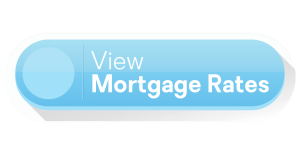The Ultimate Guide to Securing the Perfect Mortgage: Tips for Success
Are you in the market for a new home? This comprehensive guide will help you navigate the complex world of mortgage brokerage to find the best mortgage deals. Follow these expert tips to secure the perfect mortgage for your dream home.
1. Understand Your Financial Situation
Before you start the mortgage application process, it’s crucial to have a thorough understanding of your financial situation. Calculate your monthly income, expenses, and existing debts to determine how much you can afford to borrow. Consider using online mortgage calculators to estimate your borrowing power.
Key Takeaways:
- Analyze your monthly income, expenses, and debt
- Use online mortgage calculators to estimate borrowing power
2. Research Mortgage Types and Rates
With a variety of mortgage options available, it’s essential to research and compare different mortgage types and rates. Fixed-rate and adjustable-rate mortgages are popular options, but each has its pros and cons. Speak with a professional mortgage broker to help you decide on the best mortgage type for your needs.
Key Takeaways:
- Understand the difference between fixed-rate and adjustable-rate mortgages
- Consult with a mortgage broker to find the best mortgage type for your needs
3. Get Pre-Approved for a Mortgage
Obtaining a mortgage pre-approval can significantly increase your chances of securing your dream home. A pre-approval letter shows sellers that you are a serious buyer with the financial means to purchase their property. Consult with a mortgage broker to guide you through the pre-approval process.
Key Takeaways:
- A pre-approval letter demonstrates your financial stability to sellers
- Consult with a mortgage broker for assistance with the pre-approval process
4. Boost Your Credit Score
A higher credit score increases your chances of securing a favourable mortgage rate. Pay your bills on time, reduce your overall debt, and review your credit report for errors to improve your credit score. A mortgage broker can provide guidance on how to improve your creditworthiness.
Key Takeaways:
- Pay bills on time and reduce debt to boost your credit score
- Review your credit report for errors
- Seek advice from a mortgage broker on improving your creditworthiness
5. Save for a Down Payment
Having a larger down payment can help you secure better mortgage terms and reduce your monthly payments. Aim to save at least 20% of the home’s purchase price to avoid paying private mortgage insurance (PMI). Consult with a mortgage broker for personalized advice on saving for a down payment.
Key Takeaways:
- Save at least 20% for a down payment to avoid PMI
- Consult with a mortgage broker for personalized advice on saving strategies
Conclusion
Securing the perfect mortgage is a crucial step in the home-buying process. By understanding your financial situation, researching mortgage types and rates


